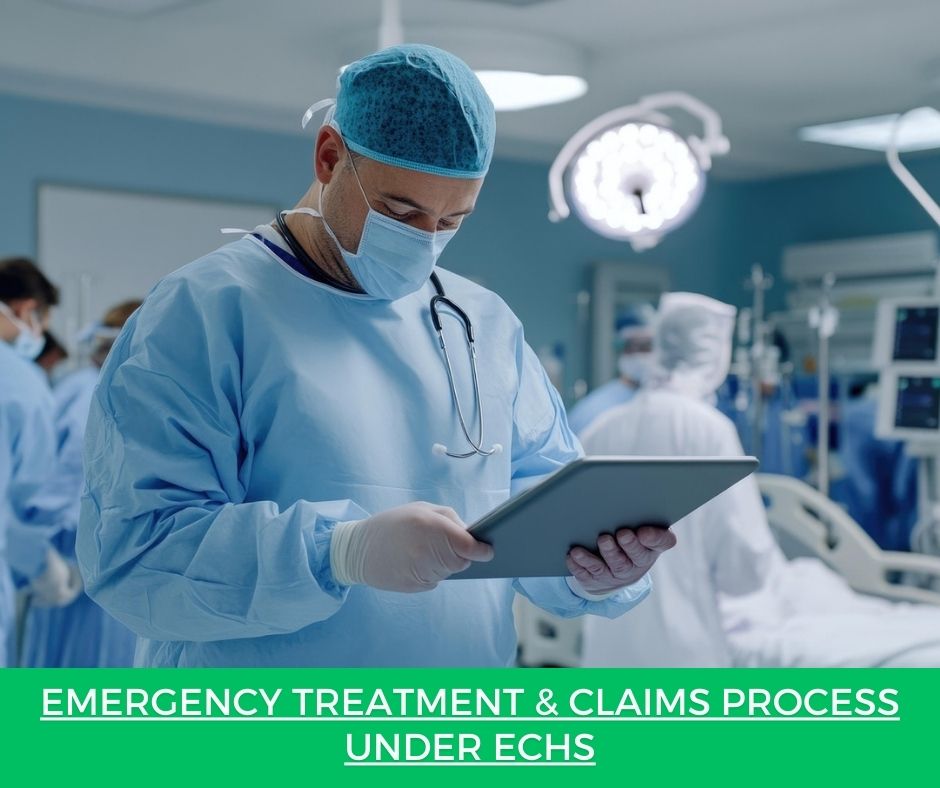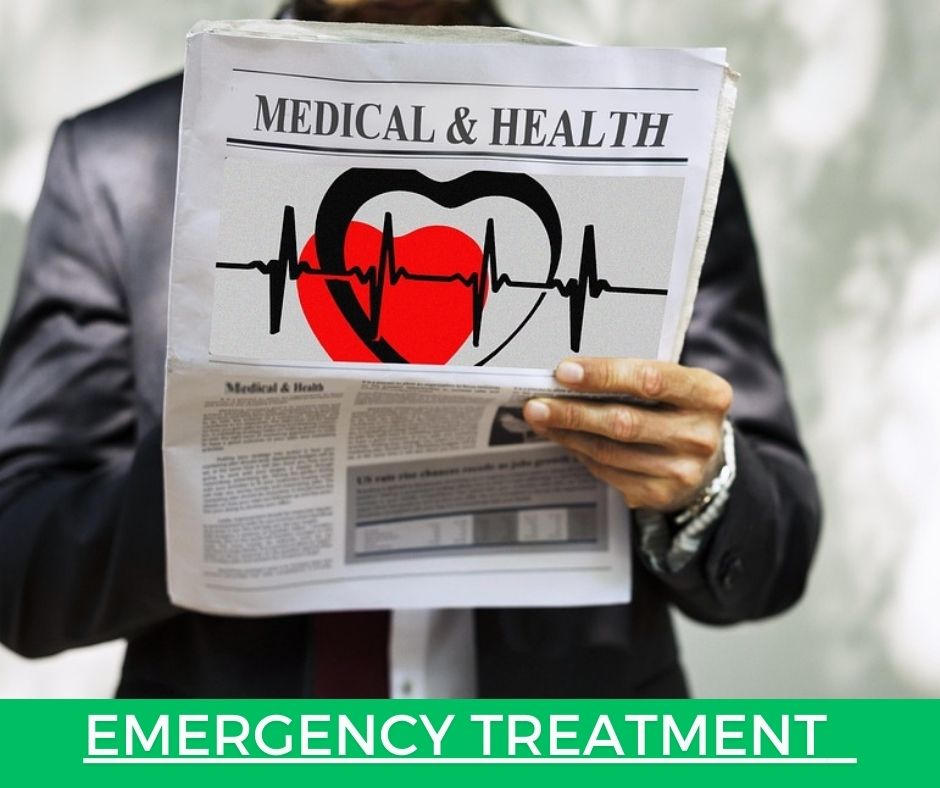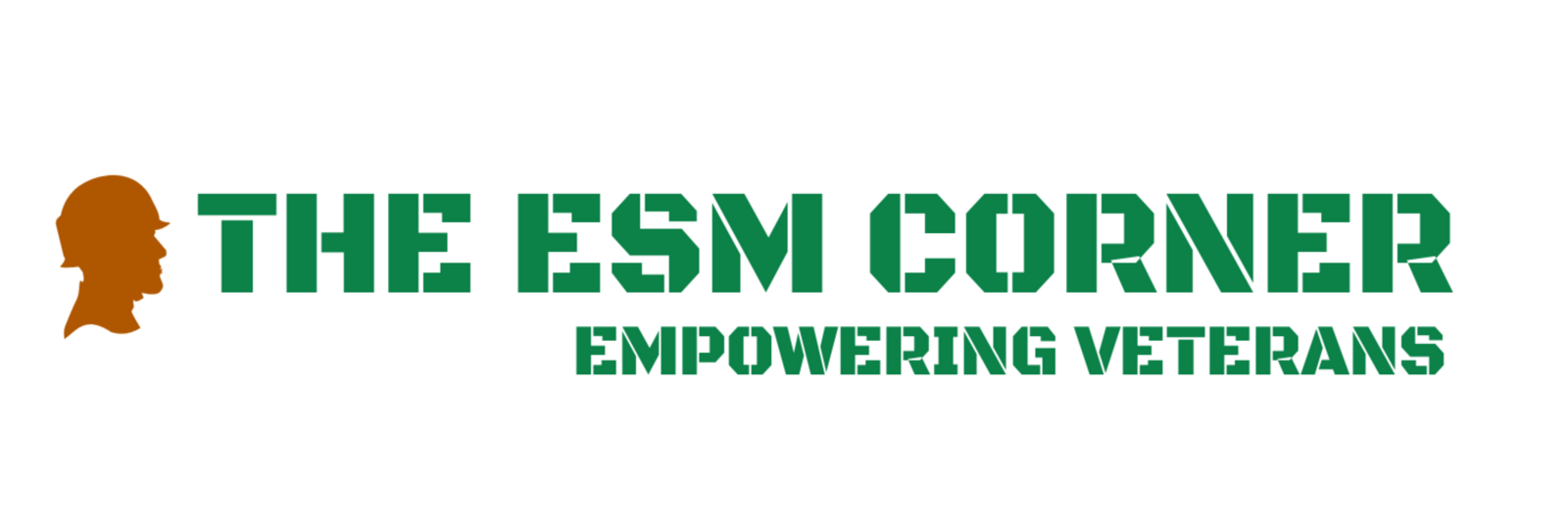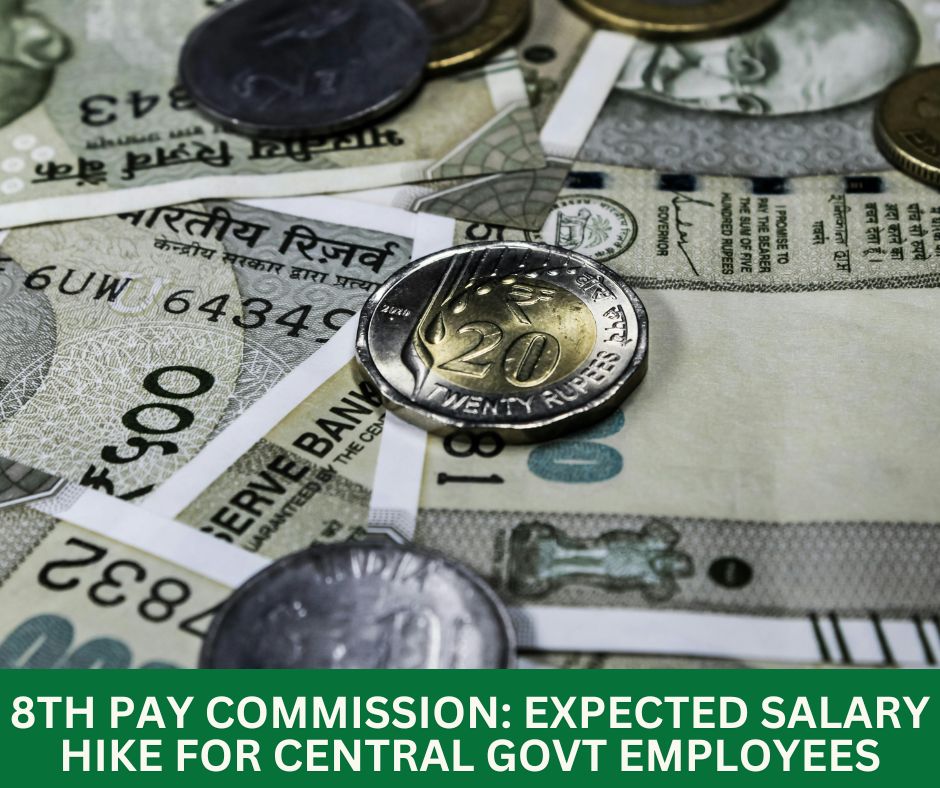
The Ex-Servicemen Contributory Health Scheme (ECHS) is a government program that provides free medical care to retired armed forces personnel and their families. It covers emergency treatment, cashless hospital services, and reimbursement of medical expenses. This guide explains how to get emergency treatment under ECHS, what documents are required for claims, and how to ensure fast processing. The information is based on official guidelines and simplified for easy understanding.
Emergency Treatment Procedure
If an ECHS member faces a medical emergency, they must act quickly to receive treatment and claim reimbursement later. The first step is to inform the nearest ECHS Polyclinic within 48 hours of hospitalization. This can be done by phone or in person. The Officer-in-Charge (OIC) and Medical Officer (MO) at the Polyclinic will verify the emergency. They may visit the hospital or confirm details over the phone.
Once confirmed, the Polyclinic submits an “Emergency Report” to the Regional Centre (RC) for approval. If necessary, the patient will be shifted to a Service Hospital or an ECHS-approved hospital for cashless treatment. This ensures that patients do not have to bear heavy medical expenses.
After emergency treatment, the patient or their family must submit documents to the Polyclinic within one month to process the claim. Required documents include:
- Emergency certificate from the hospital.
- Copy of the ECHS Card.
- Discharge summary.
- Treatment records.
- Bills with cost breakdown.
- Written application from the patient.
- Bank details (passbook copy or cancelled cheque).
- Emergency Information Report (EIR).
The Polyclinic reviews the documents and records them in the “Emergency Treatment Claim Register.” A tracking number is given to monitor the claim. A staff member, usually a Data Entry Operator (DEO), submits the claim for processing. The claim is followed up daily until the reimbursement is credited to the beneficiary’s account.
Transportation (TA) Claim Process
If a patient needs transportation for emergency treatment, they can get a refund by submitting these documents:
- Copy of the ECHS Card.
- Referral letter mentioning travel details.
- Hospital records showing treatment dates.
- Original travel tickets (bus, taxi, train, or hired vehicle).
- Bank details (passbook copy or cancelled cheque).
This helps cover travel costs, reducing the financial burden on patients.
Investigation Bill Claim Process
For medical tests and investigations, the following documents must be submitted:
- Copy of the ECHS Card.
- Personal application from the patient.
- Doctor’s prescription from ECHS, Service Hospital, or an empanelled hospital.
- Original test bill.
- Sanction letter from OIC ECHS.
- Original test report.
- Bank details (passbook copy or cancelled cheque).
This ensures that the cost of essential tests is reimbursed promptly if they are approved by the doctor.
Medicine Claim (NA Claim) Process
For medicines unavailable at the Polyclinic, beneficiaries can claim a refund by submitting:
- Copy of the ECHS Card.
- NA Certificate signed by the pharmacist, MO, and OIC Polyclinic.
- Doctor’s prescription.
- Original medicine bill.
- Bank details (passbook copy or cancelled cheque).
This allows beneficiaries to buy necessary medicines and get their money reimbursed later.

Why This Process is Important
ECHS, launched in 2003, serves over 55 lakh Ex-Servicemen and their families. By 2025, it has expanded to 427+ Polyclinics and numerous empanelled hospitals across India. The emergency treatment and claims process ensures that veterans and their families get quality medical care. Proper documentation prevents delays and misuse. The cashless treatment facility at empanelled hospitals makes healthcare more accessible.
The Ministry of Defence processes thousands of claims every year, with emergency reimbursements forming a large part. The BPA system (Bill Processing Agency) has made claim approvals faster, reducing delays. However, veterans should maintain proper records and stay in touch with Polyclinics to avoid claim rejections.
Conclusion
ECHS has a well-structured system for handling medical emergencies of Ex-servicemen and their families. Clear steps are in place to report emergencies, transfer patients, and submit claims for reimbursement. Whether it’s covering transport, medical tests, or medicines, the system is designed to be efficient and transparent. As healthcare needs evolve, ECHS continues to improve, ensuring that those who served the nation receive the best possible care.
This guide simplifies the emergency treatment and claims process, making it easier for beneficiaries to follow and use the ECHS benefits effectively.
Also Read l ECHS ANNUAL VALIDATION OF DEPENDENTS: STEP BY STEP PROCESS






[…] ALSO READ l EMERGENCY TREATMENT & CLAIMS PROCESS UNDER ECHS […]
[…] EMERGENCY TREATMENT & CLAIMS PROCESS UNDER ECHS […]